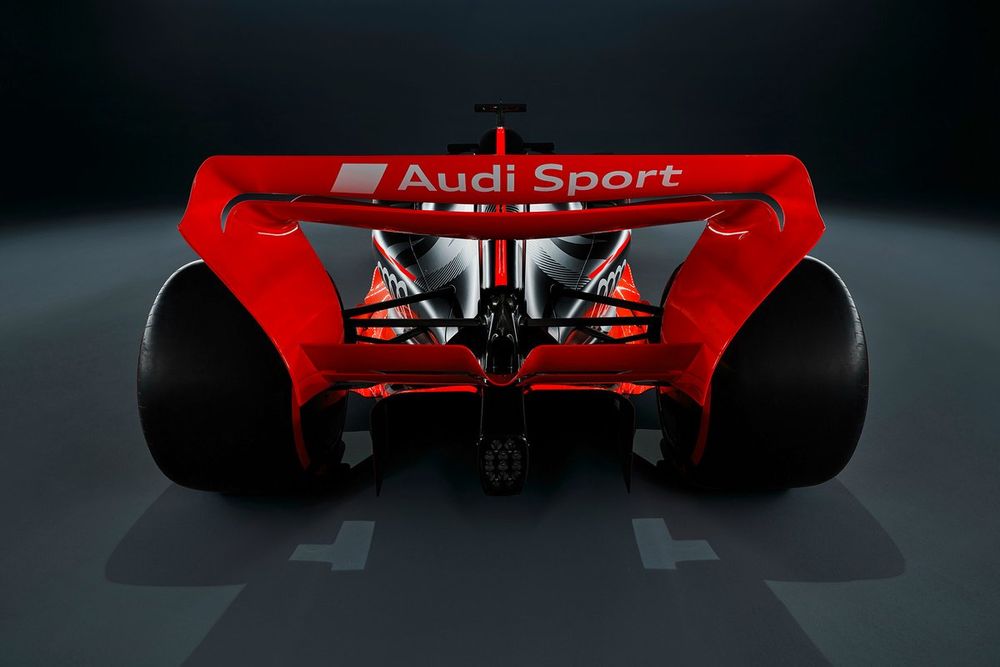With a freeze on power units until new rules arrive in 2026 and its emphasis on aerodynamics, Formula 1 is almost the exact inverse of the electric series I’ve raced in for the past decade.
Formula E is all about powertrain efficiency, optimising a spec chassis with standard aerodynamics and none of the underfloor black arts. It’s not perfect, but Formula E has shown that investing in powertrains rather than aerodynamics can result in exciting racing and be attractive to manufacturers.
Many predict that the 2026 rules could turn F1 into an engine formula and reduce the emphasis on aero. It’s hard to know if that will be the case, but to me, the changes represent more of a fine-tuning than a revolution since the 1.6-litre V6s will stay.
Adopting non-fossil fuels is a no-brainer, as biofuel or e-Fuels can be implemented without major modifications to current or future engines. Carbon neutrality is key and biofuel especially is already available at a competitive price, but it’s unlikely ever to be used by passenger cars globally. Meanwhile, the electrical power output will almost triple from 120kW to 350kW. This will in turn mean using less fuel, with F1’s target for cars to use only 70kg per race.
But it should be noted that the new V6 engines will be less efficient. Chiefly this is due to the removal of the expensive and unpopular MGU-H, which performs an important dual purpose. As well as recovering energy wasted through the exhaust, it prevents turbo lag, which is likely to be an issue for the new engines.
Compensating for this will either involve burning fuel through the braking phase or mean a bigger reliance on the electric motor for acceleration. At really high-speed tracks like Monza, simulations suggest that the combustion engine will effectively work as a generator that charges the batteries for the next straight and cars may not be at their top speed by the end.
Photo by: Audi Communications Motorsport
F1’s desire to appeal to manufacturers with 2026 rules has yielded commitment from Audi in partnership with Sauber
Engine efficiency is proportional to the ratio of compression in the chamber, so by also reducing this the engines will have less power – combustion output is expected to decrease by around 200kW – and efficiency too. Since combustion engines are already adapted to run biofuel, it’s not like a real technology breakthrough will result either.
Keeping the V6 and removing scope for…
Click Here to Read the Full Original Article at Motorsport.com – Autosport Awards – Stories…

